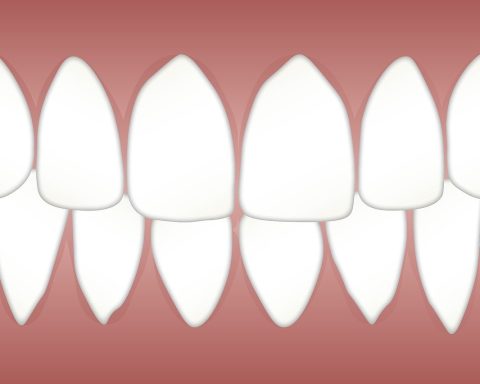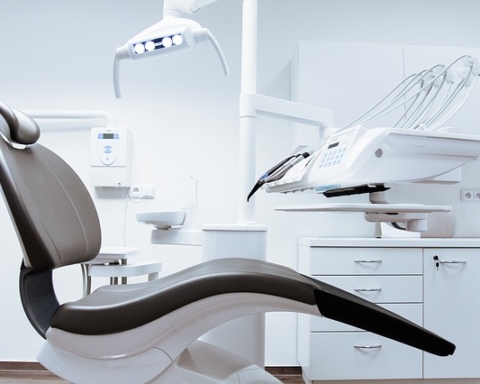Gum disease is common among both children and adults. Its severest state, which may cause bleeding of the gums and tooth loss, is the 11th most prevalent disease across the globe.
Despite its pervasiveness, many people are unaware of the effects of gum disease, and therefore, are unaware of how to combat it. Here is everything you need to know about this crippling oral hygiene disease and how to treat it.
What is Gum Disease?
Periodontal, or gum disease, is an inflammatory condition of the gums and bones which support the teeth. It is caused by the buildup of plaque, a sticky substance formed on the teeth made of a biofilm, or mass of bacteria. Because it does not hurt and doesn’t give warning signs, buildup of plaque leading to more severe forms of gum disease can often go unnoticed.
There are many factors that can increase the risk of developing gum disease such as poor oral hygiene, smoking, oral complications related to HIV, pregnancy, and certain medications, including some medication used to treat cancer and steroids.
Since gum disease can easily go undetected, look for these early, warning signs of gum disease:
- Chronic bad breath
- Red, sore, or tender gums
- Bleeding during brushing, flossing, or eating
- Canker sores
- Loose or separating teeth
- Receding gums
Combatting Gum Disease
Though it is easy to begin exhibiting symptoms of mild gum disease, adopting a daily system for proper oral health is the easiest way to reverse gum disease and prevent it for the future.
Regular trips to the dentist
According to Hamptons Dental in Calgary NW, specialized tools that dentists use in these cleanings are the most effective way to both reverse and prevent gum disease.
Dentists may use an ultrasonic tool, which vibrates and sprays water onto the teeth to clean all parts on and around the tooth thoroughly.
The cleaning takes about an hour, but receiving a tooth cleaning from a professional can assure you that you’re not missing any hard-to-reach plaque.
Brushing your teeth twice a day
Dentists recommend that you brush your teeth twice a day—once when you wake up in the morning, and once before you go to sleep at night. This can prevent keeping food particles stuck between teeth for too long, and scrub away the plaque that builds on the teeth daily.
Many people use a manual toothbrush, but an electric toothbrush is a more thorough way to rid yourself of all your accumulated plaque, especially around the gum area on top of your teeth, the easiest place it can form.
Flossing your teeth at least once a day
Flossing once a day can remove plaque between the teeth that a normal toothbrush would be unable to reach.
Only brushing your teeth without flossing only cleans approximately 65% of the teeth’s surfaces, and can lead to heavy plaque buildup. This heavy plaque buildup can lead to tartar formation, which causes gum disease and tooth decay.
Using string floss is the most common method of flossing, but water flossers are also available for at-home use. These devices use a motor to pump water through a small tip to clean between the teeth.
Water flossers are easier to use, especially for those with dexterity issues who may find it difficult to use string floss, and they are clinically proven to reduce gum disease and improve gum health overall.
Using mouthwash
Adding an antibacterial mouthwash to a daily routine can greatly reduce the symptoms of gum disease.
In addition, it can also reduce the risk of canker sores and cavities and eliminates bad breath. Mouthwash with hydrogen peroxide can even whiten teeth and help cultivate a beautiful smile.








